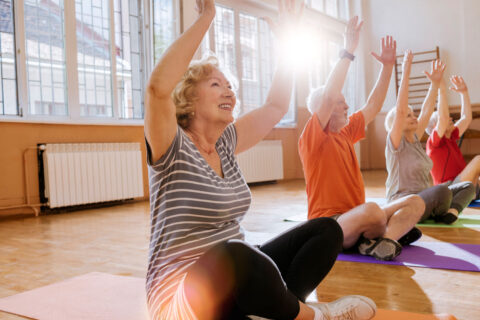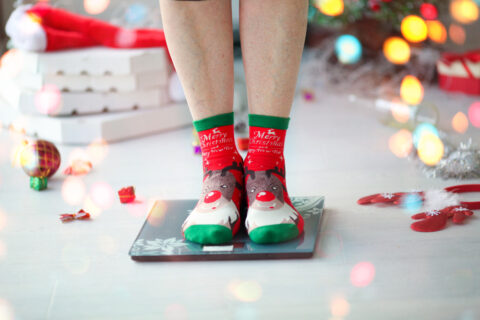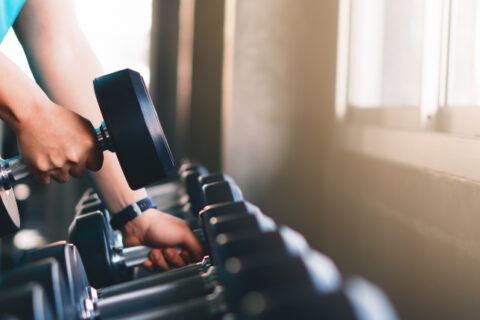Bowel movements – we all have them, yet they’re something that we’re all reluctant to talk about. Despite this, if we were more open to discussing changes in our toilet schedules, we’d soon discover that more people than we think are going through the same thing. In fact, around one in seven otherwise healthy people experience constipation, with young women and the elderly being the worst affected.
The culprit of constipation in young women tends to be frequent hormonal changes, and this isn’t helped by birth control. Similarly, reduced mobility, medication, underlying diseases, and rectal sensory-motor dysfunction all contribute to the prevalence of constipation in older adults.
Regardless of the cause of constipation, the result is the same, which is discomfort and, in extreme cases, pain. Although this discomfort can feel severe, in most cases, constipation isn’t serious and can be alleviated through a few simple lifestyle adjustments. One of the most effective changes that can be made is incorporating more movement into your day-to-day.
So, how do I know if I’m constipated?
While constipation is extremely common, there is a lot of misconception about what constipation actually is. For instance, it’s widely believed that constipation leaves you unable to open your bowels entirely; however, this isn’t quite the case. In fact, you could be opening your bowels multiple times a day and still be constipated, while someone without constipation could be emptying their bowels every other day.
It’s a common belief that people need to open their bowels daily; however, healthy bowel movements can range anywhere from three times a day to three times a week. You just need to identify what’s normal for you. With this being said, the number one symptom of constipation is hard stool that is difficult to pass.
How does movement ease constipation?
Essentially, movement reduces the length of time it takes for food to travel to the large intestine, preventing your body from absorbing too much water from the stool. It’s this overabsorption of water that leads to hard, dry stools that are difficult to pass. Additionally, cardio exercises increase your heart rate and breathing, stimulating natural muscle contractions in your intestines, which result in faster stool movement.
When is the best time to exercise?
As a rule of thumb, you should never engage in intense exercise immediately after a big meal. This is because after eating, your blood flows to your intestines and stomach to aid digestion. If you then engage in extreme physical activity, the blood flow will be directed to your muscles and heart, reducing the strength of your gut’s muscle contractions. As a result, the movement of the food will slow down, leading to bloating, wind, and, of course, constipation. Therefore, you should always give yourself an hour to digest before jumping into your workout.
Which forms of movement are the most effective?
Different types of movement will affect each individual differently. For those who have never exercised previously, regular gentle walks may be all you need to get things moving again; however, the following types of exercise are thought to be the most successful:
- Yoga poses and stretches that stimulate the digestive tract
- Resistance training (deep lunges, squats, etc.)
- Cardio training (jogging, running, dancing, jumping, etc.)
- High- and moderate-intensity interval training
When working alongside a movement coach, they will assess your existing fitness levels, age, gender, and current lifestyle habits to create a bespoke movement plan to help ease constipation.
Get things moving again with Be You
Naturally, people are embarrassed to discuss bowel movements; however, we’re striving to break this stigma at Be You. If you’re suffering from constipation, don’t hesitate to let us know so we can customise your movement plan to get things moving again!
Contact us to learn more about our movement coach services.









